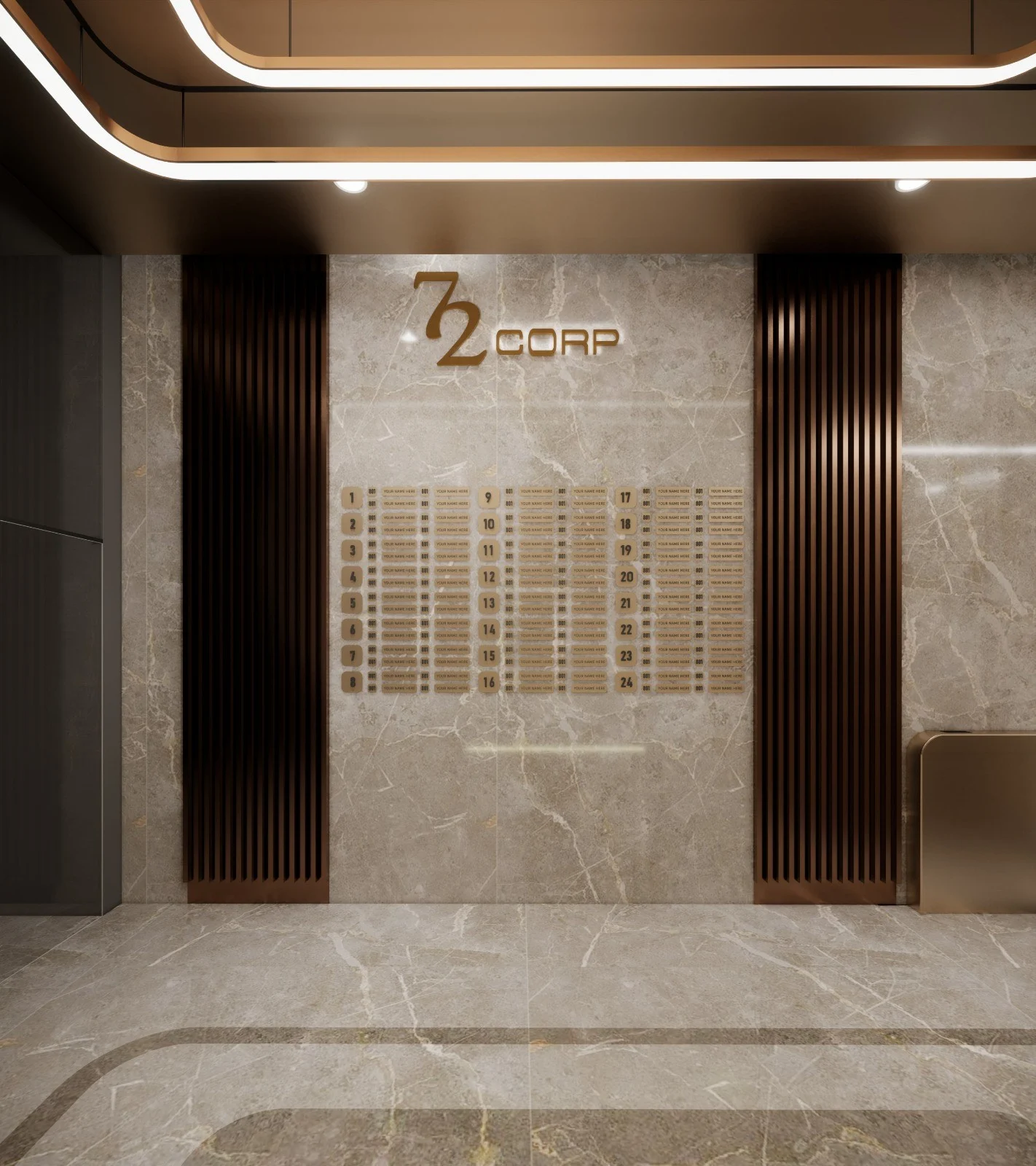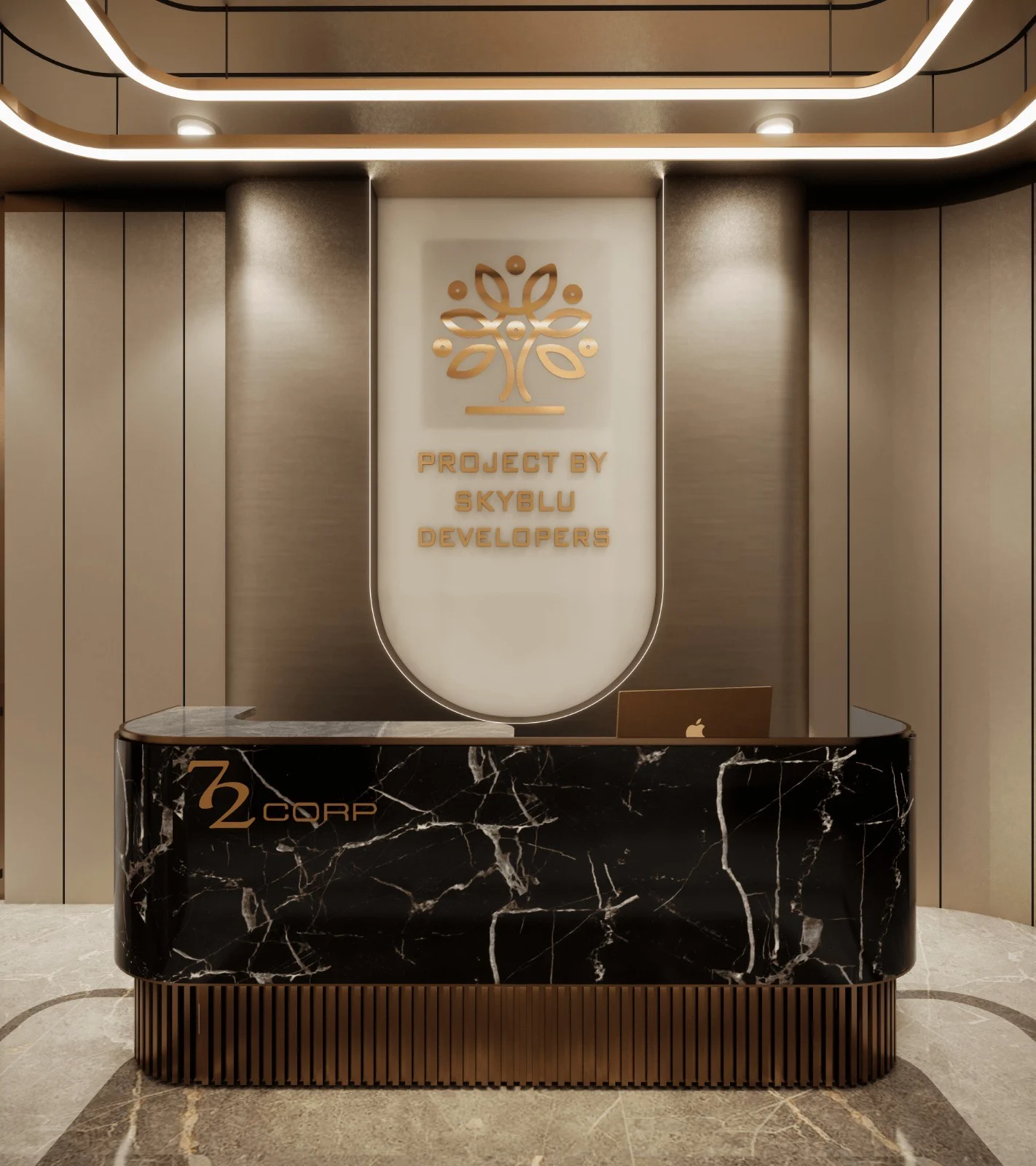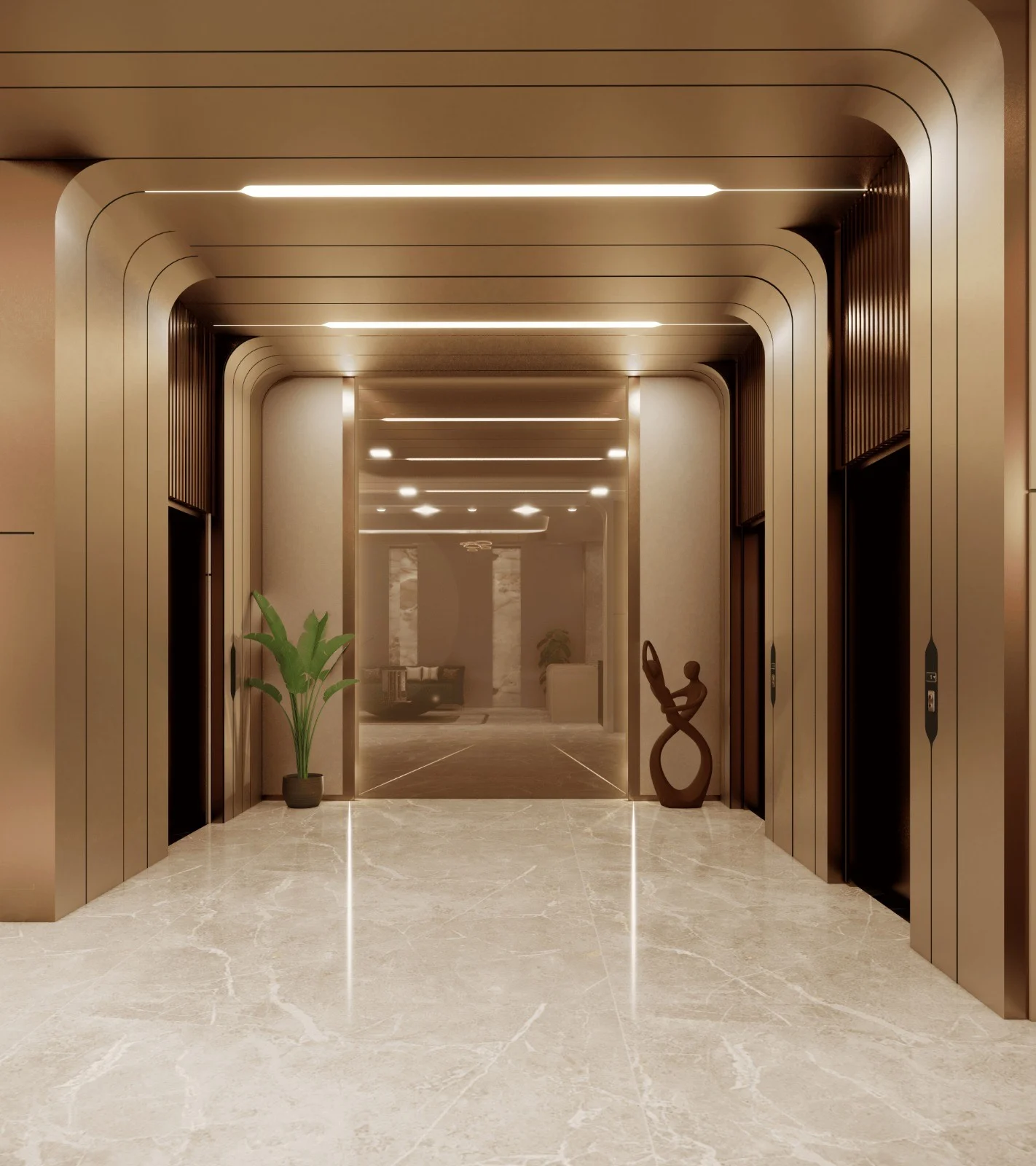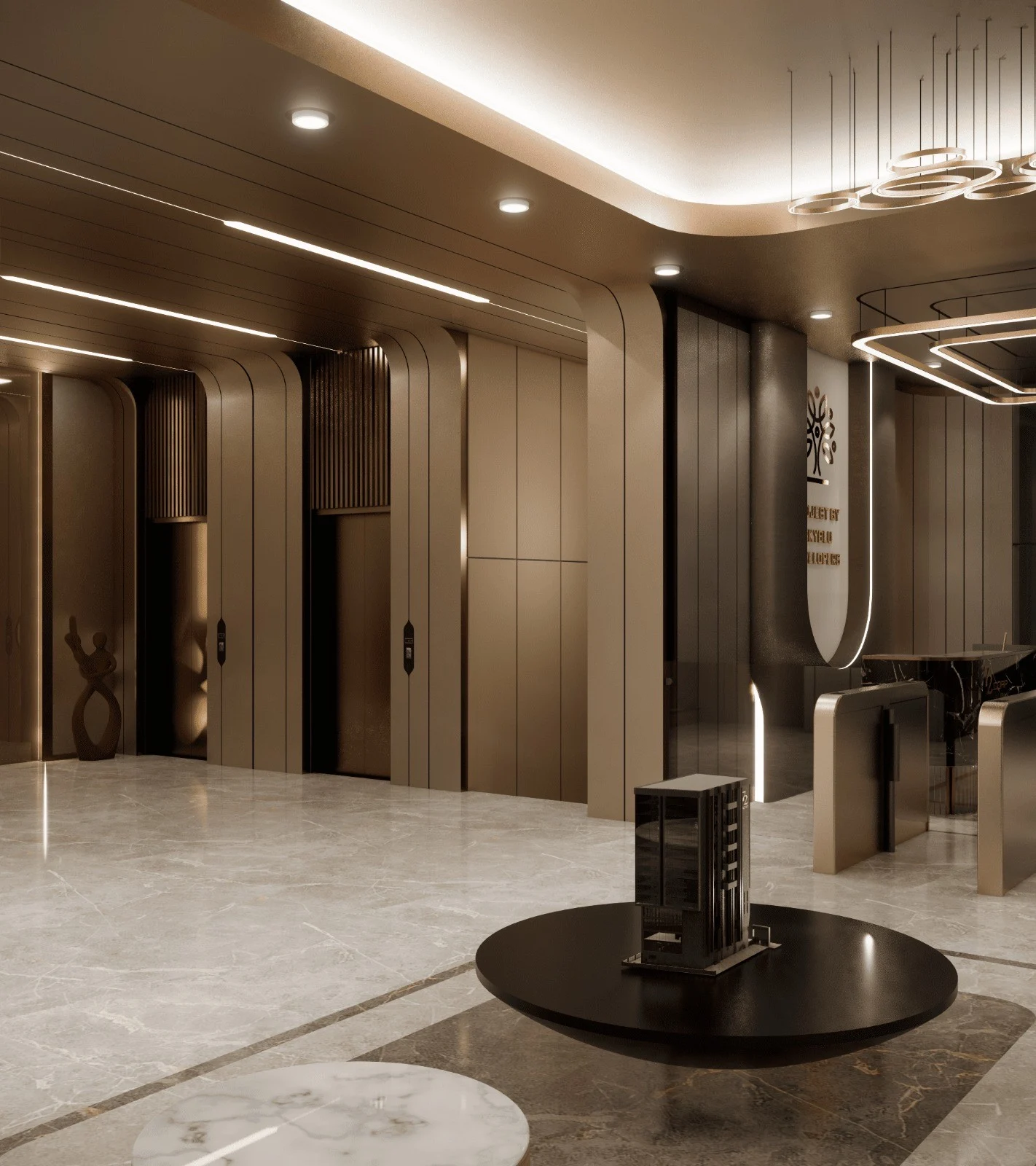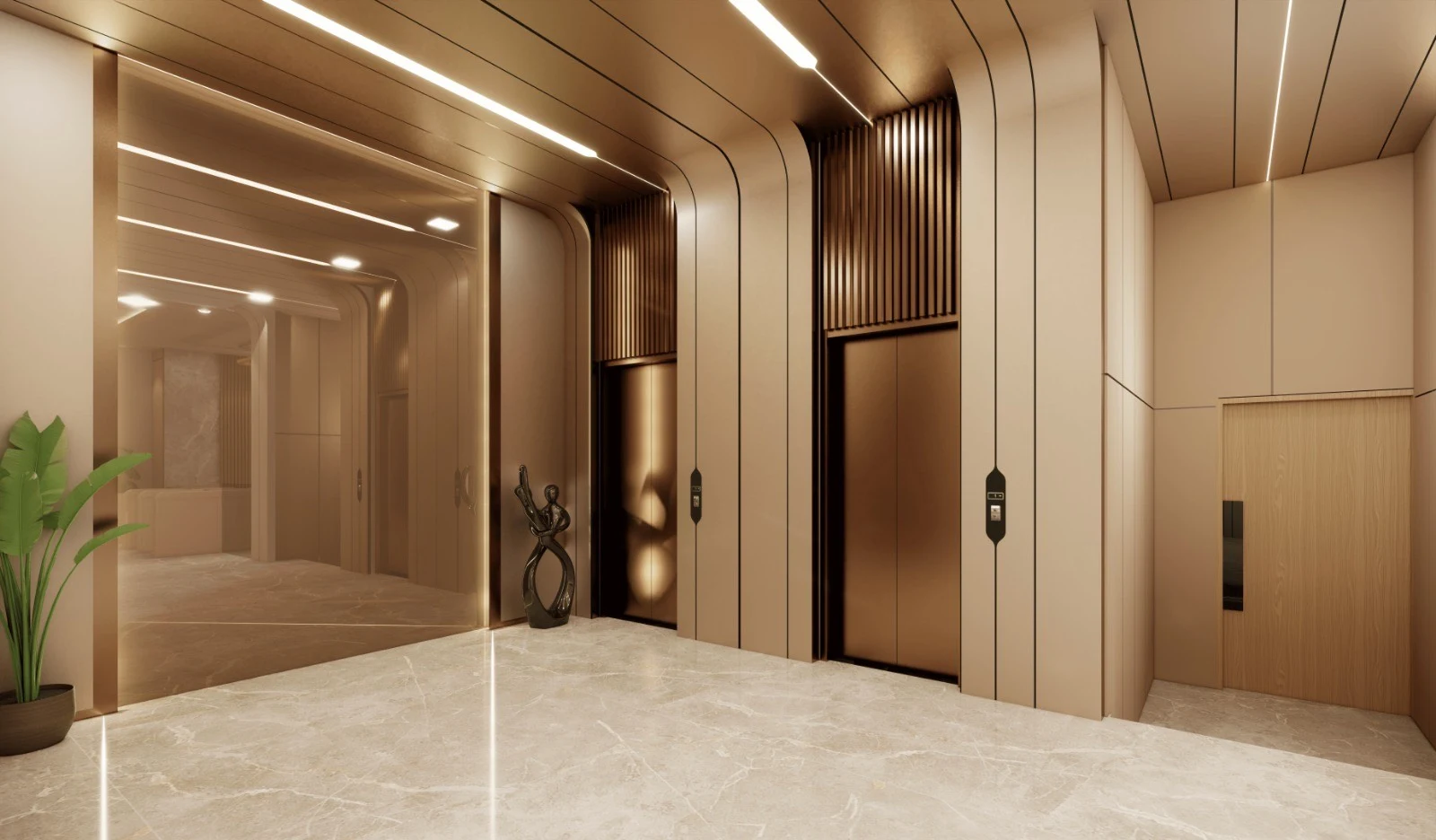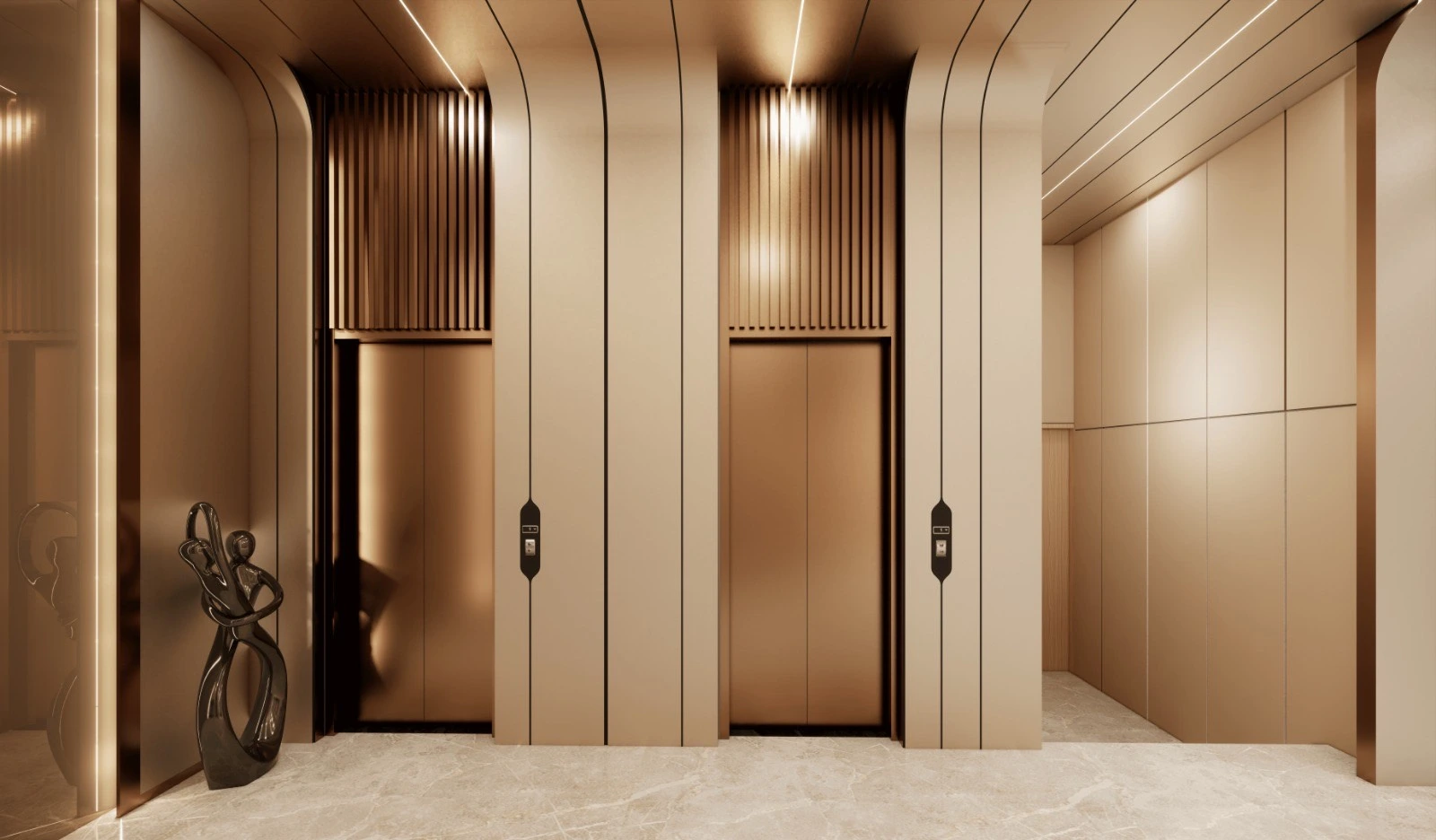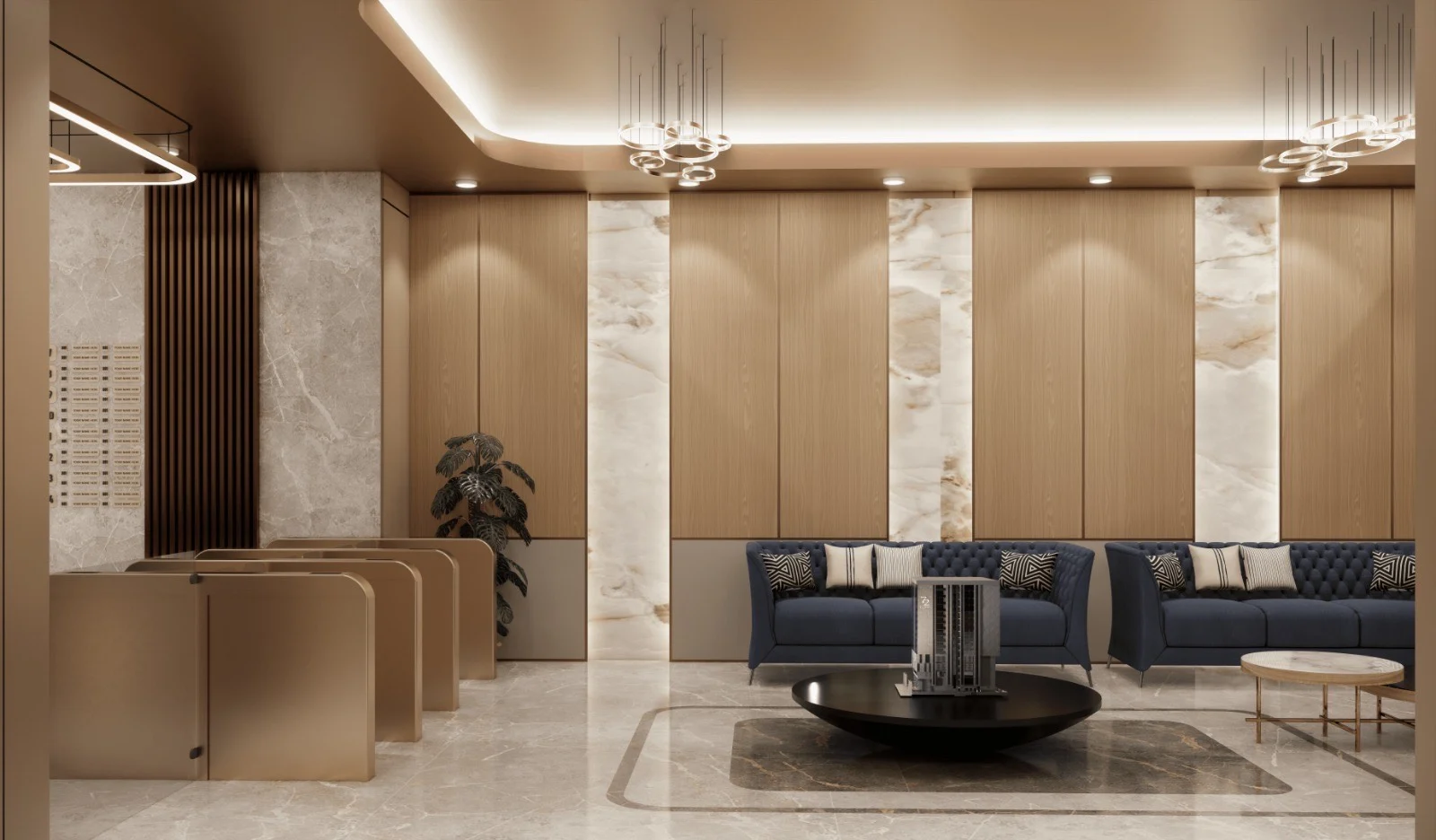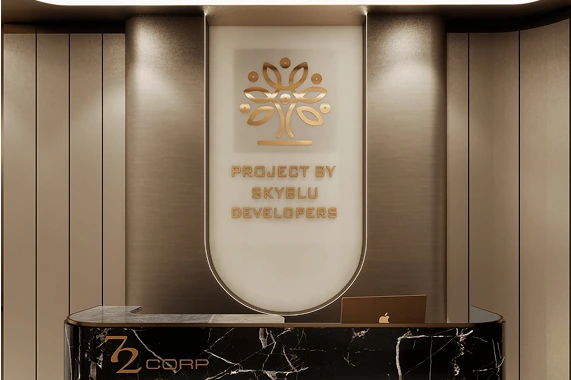In a world where change is the only constant, architecture can no longer afford to be static. Cities are evolving, climates are shifting, and the way people live, work, and interact is in continuous flux. The response? Adaptive Architecture — a new design philosophy that doesn’t just endure change, but embraces it.
What is Adaptive Architecture?
Adaptive architecture refers to spaces designed with the flexibility to evolve over time. These are buildings that can respond to changing occupant needs, functions, technologies, and environmental factors — all without the need for complete overhauls or demolitions.
Whether it’s a home that adjusts to a growing family, a commercial building that can shift from coworking to retail, or a public space that transforms with seasons — adaptive design is future-ready design.
Why Adaptability Matters Now More Than Ever
Urban Density & Land Scarcity
Climate Resilience
Shifting Lifestyles
Sustainable Thinking
Why Adaptability Matters Now More Than Ever
1. Urban Density & Land Scarcity
2. Climate Resilience
3. Shifting Lifestyles
4. Sustainable Thinking
How RJD Architects Designs for Adaptability
- Flexible Floor Plans : Open layouts with movable partitions or expandable zones.
- Modular Construction : Prefabricated, interchangeable elements that evolve with function..
- Smart Systems Integration : Tech-enabled buildings that respond to user behavior or environmental data.
- Material Versatility : Choosing materials that allow disassembly, relocation, or repurposing without degradation.
- Future-Proofing Design : Planning for second and third uses during the initial design process.
